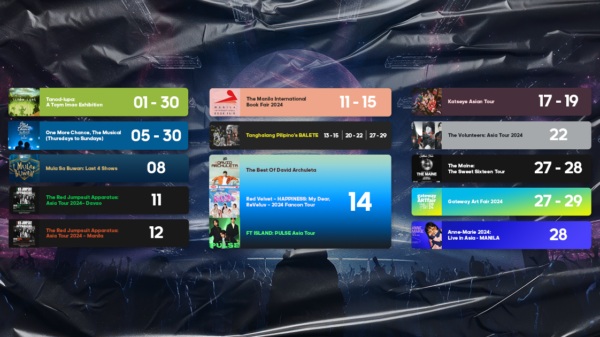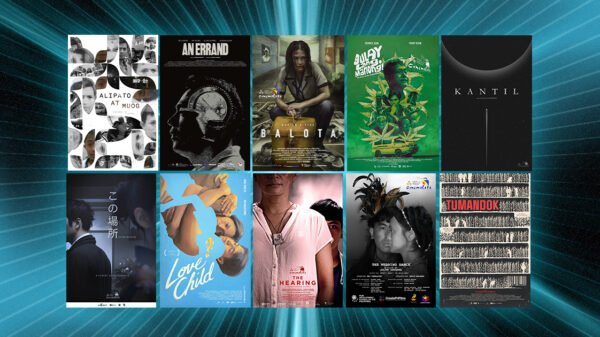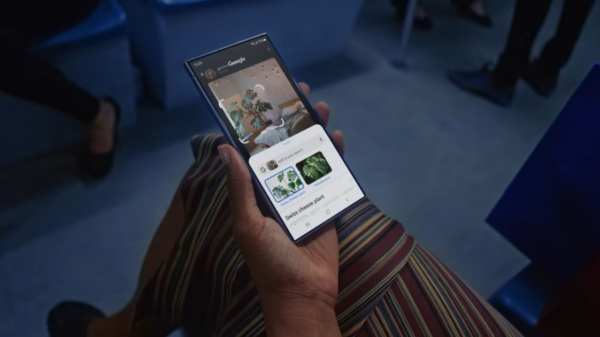Welcome to the new Television Landscape where major shifts are happening from linear TV to streaming services.
People of all ages, from all over the globe, are watching more videos than ever before, and that trend is expected to continue until 2022. Consumers may choose from hundreds of video streaming providers that are both free and pay-per-view. According to PwC, streaming video revenue is expected to grow by 60% from 2020 to 2025, reaching $94 billion by the end of 2025, with subscription prices accounting from the majority of the income.
Why is it that people are spending more time and money on video streaming services? It’s a mix of convenience, variety, quality, uniqueness, and cost.
Criteo has conducted a worldwide study of over 9,000 video users to learn more about what, how, and why people watch the video in 2021 and beyond.

Streaming video is becoming popular for various reasons, including the freedom to view whenever and wherever you choose, as well as access to a constant rotation of originally produced shows. Two out of every five viewers favor free materials available, and one out of every four believe streaming services provide more excellent value for money than cable or satellite TV.
Let’s learn more about video streaming patterns from our research on how consumers spend their time in the platform and their response to video advertising.

1. The majority of customers spend more than 5 hours each week viewing streaming material, and this number is expected to rise.
According to our research, video watching of all kinds will still increase in 2022. Over three-quarters of Americans (73 percent) say they watch more paid streaming services, while more than half (58 percent) say they tend more free benefits, video game live streaming, and social network video. In the Philippines, a study by statista.com says that 77 percent of Filipino internet users ages 16 to 64 is subscribed to a streaming site and watching movies is their leading online activity.
Paid video streaming services, such as Netflix, Prime Video, Disney+, and Apple TV, experienced the most growth in viewership, with three out of five customers claiming they are subscribed to most of them.
When compared to other kinds of video material, consumers spend the most time viewing premium streaming services, but they also watch a considerable amount of free video content.

2. Mobile video streaming is used by more than half of customers.
Even though the majority of customers watch video streaming on TV screens—half of the subscribers choose laptop or smartphone. It’s no surprise that mobile devices are so popular with younger audiences. Three-quarters of Gen Z customers use their smartphone to view video streaming, while almost two-thirds use computers or smart TVs.

3. Consumers believe that streaming services are more cost-effective and provide higher-quality material than cable TV.
When it comes to choosing a streaming service, the cost of the membership and the grade of the video material is the most significant considerations for customers of all generations. The option to cancel a membership at any moment and the availability of originally produced shows are the main factors why most consumer shifted from cable TV to streaming sites.

4. Customers demand free access to live content.
Consumers are willing to pay for live content, but the majority expects to watch live broadcast for free, presumably in exchange for seeing advertisements.
Consumers are more inclined to pay on demand. Meanwhile, two-thirds of people want free live news (Fox News and Amazon Prime), half of them wants free live award ceremonies (Emmys under CBS Affiliates and Paramount+) and live gaming (Twitch and Youtube Gaming), and two-fifths want free live sports (Fox News and Fox Sports).


5. Netflix is the most widely used streaming service on the planet.
With over 209 million subscribers worldwide, Netflix is the most widely used streaming service. This streaming giant serves as a storehouse content including movies, tv series and documentaries that serves as a resource of entertainment and education to its subscribers all over the world. Netflix dominated the streaming game by introducing binge-watching through uploading the whole season of a TV series in contrast with broadcast and cable TV’s once-a-week installments.

Major Networks are not here to chill
At the rising demand of streaming services and the shift in consumer behavior, major networks saw a potential on a combination of subscription-based, ad-supported, and free on-demand video service to target highly engaged streaming consumers.
No wonder they are keen to have a piece of the pie. As what we always say, go where your consumers are.
At the height of the pandemic sometime July 2020, Disney became the major stakeholder in Hulu after launching Disney+ in late 2019, Fox acquired Tubi, NBC Universal launched Peacock and just this year Viacom CBS relaunched CBS All Access into its new name Paramount+. Meanwhile, Amazon Prime and Netflix continues to produce topnotch shows with the highest share of viewership across the globe.
With this exponential growth of viewership share among streaming subscription sites, we hope that advertisers would consequently follow through, so that more and more people would benefit from outstanding movies and series. It’s not just the major networks that are here for these streaming services but all of us, and we look forward for more binge watching in the years to come.





















































